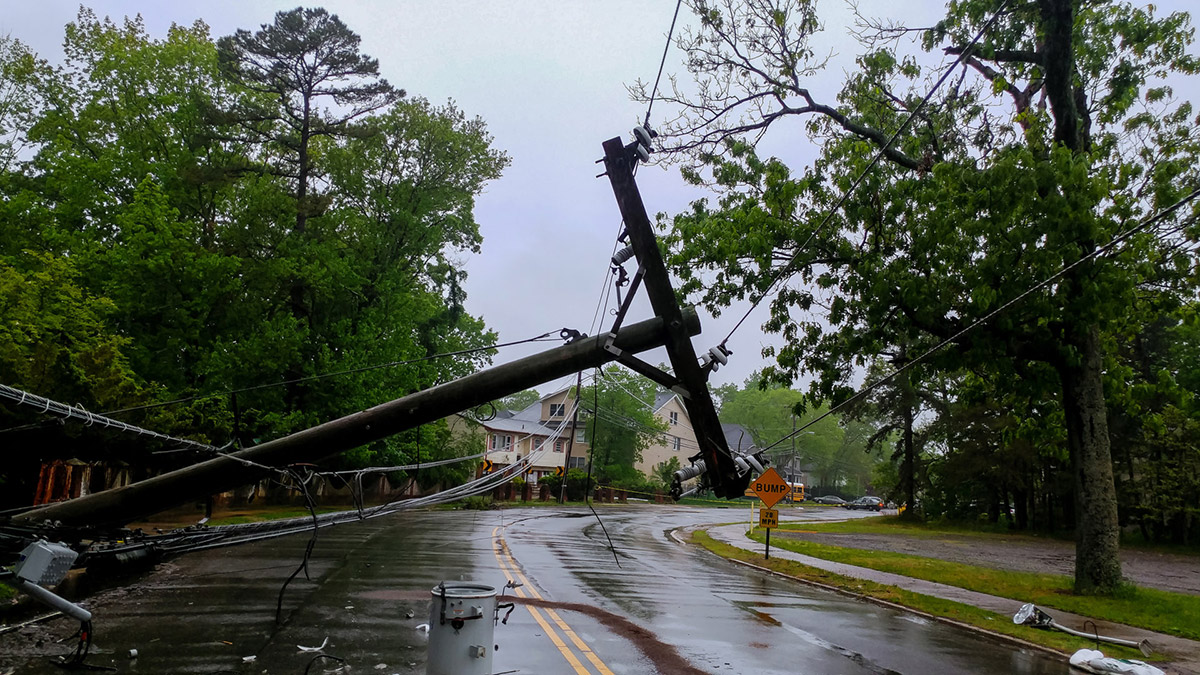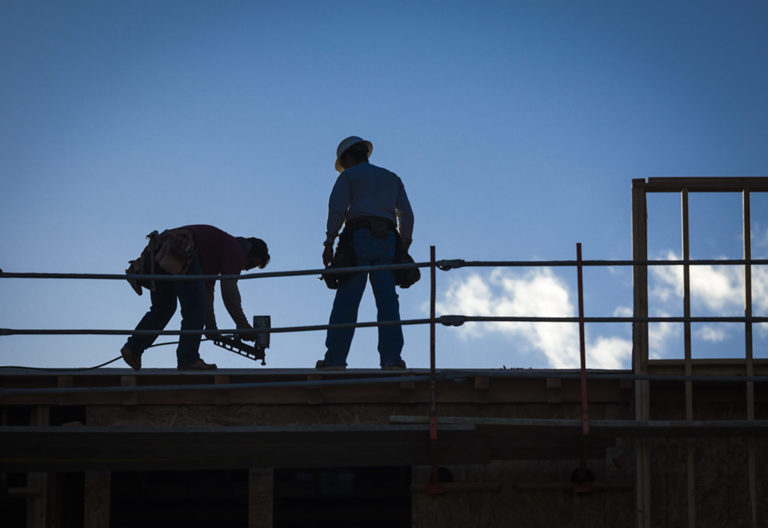What Building Science Tells Us About Installing a Better Roof
Each year, weather and natural disaster events in North America cost billions of dollars in damage to homes and buildings. That’s why organizations like the Insurance Institute for Business & Home Safety (IBHS) and The Institute for Catastrophic Loss Reduction (ICLR) have been studying this topic for years. And while they exist on different sides of the border and with somewhat different missions, both organizations have a lot to teach the building industry about how to reduce loss associated with these severe events.
Keep reading to learn what building science and research conducted by these two key organizations means for you, your customers and our industry as a whole.
How is climate change impacting building science and code?
According to Dan Sandink, director of research at Canadian-based ICLR, weather events are only bound to get worse with climate change. And because of that, organizations such as this are working with regulators to ensure codes and standards are updated to mitigate this. For example, Sandink tells us that a new national wildland fire construction guide is coming in Canada, with the intent of reducing the possibility of roof ignition and embers entering a home through the roof. In addition, code developers are working on longer-lead national code changes for wind and rain by 2025.
In the U.S., IBHS’s FORTIFIED™ system is a great example of how organizations are utilizing these trends in climate and weather patterns to impact the way buildings are built. Mark Zehnal, senior roofing specialist for IBHS says, “The roof is such an important part of the house. It takes all the brunt, year-round, night and day. It’s always exposed. It’s a shield we have (to our home). And what many people don’t realize is that damage is not just caused by the weather itself, but by the additional damage caused by the flying debris that often accompanies severe weather.”
Zehnal says that more than 90% of the disaster insurance claims reviewed by IBHS each year are related to roof damage — but that, if installed correctly, a roof should be able to provide protection from storms with EF1 or EF2 winds.
How does this impact how I install a roof?
It is critical that roofing companies and installers follow the appropriate installation methods to avoid future damage caused by disastrous weather events. Both Zehnal and Sandink emphasize the need for all roofing components to work together. And although they see different types of weather events on each side of the border, there’s a common theme: The wind itself is not the only damage-maker. It also opens the door for the real villain — water.
Most of Canada’s heavily populated areas are prone to tornados, and Sandink explains that while the damage is consistently defined as “loss of roof cover,” that in and of itself isn’t that big of a deal. It’s the fact that once the cover is gone, water is able to penetrate the roof. So, as IBHS will tell you, keeping the roof deck secure is important, but what’s even more important is making sure that in the event that you do lose part of, or even all of, the roof cover, your roof is still sealed.
How do you do this? Well, to start, you need to make sure you are paying attention to your entire application system and method. This includes understanding the specific application instructions for the products you are using, as they can vary by manufacturer. For example, making sure you understand the temperature thresholds of the shingle adhesive.
Modern building science is also unveiling some things that may seem counterintuitive to “the ways things have always been done,” which is why it’s critical for contractors to be aware of these shifts.
Zehnal gives this example: Traditional roof installation method says to put edge metal down first at the eave, then underlayment. IBHS research shows that that is a vulnerability because the shingles don’t have a connection point at the edge. IBHS recommends installing the underlayment first at the eave, then edge metal over top so that the underlayment is sealed down. Will water rust the edge metal if it gets in there? Not if you use a self-adhering product to seal the underlayment to the edge, so if water does get past shingles it simply runs over top and away.
How can I use IKO products to install a better-performing roof?
According to Jack Gottesman, U.S. marketing services manager for IKO, manufacturers and contractors alike need to adapt to what is happening around us and adjust our products and processes accordingly. “We’ve seen patterns that show weather has become increasingly turbulent throughout North America. We need to consider the future in a different way than we’ve addressed in the past.”
That’s why IKO has focused on developing performance application methods, with the goal of providing contractors with a method — and products — to install a roof that not only meets, but also exceeds, local building codes.
According to Mark Okland, IKO national accounts manager (and all-around technical guru), IKO models its performance application methods after the 2020 IBHS Fortified Roof Standard, and they center around four pillars of performance application:
- Fasten the deck.
- Seal the roof.
- Secure the perimeter.
- Install performance shingles.
Okland will tell you that everyone focuses on shingles — which are important — but they are just the icing on the cake. You need to make sure the shingles stay on the roof; but, just in case they don’t, you also need to make sure the roof deck is still protected from water infiltration. For this reason, IKO focuses not only on shingles, but also on performance accessory products and even the installation method itself. Making sure the entire system works together is best for the homeowner, contractor, the insurance company and the manufacturer. Win, win, win, win.
How can I use this as a selling point to homeowners?
Weather is unpredictable. And while these are scary things for a homeowner to think about — and a topic they likely want to avoid — it’s a contractor’s responsibility to educate them. An average homeowner doesn’t know what makes up a roof. But when educated about all the different elements and why they matter, homeowners can make more informed decisions about how to protect not only their roof, but their families too.
More than just a moral responsibility, there is also a financial advantage to selling a performance roof. Not only can contractors who embrace this use this as a differentiator — educating their buyers about issues no one else is (and making the next guy look like an amateur by doing so) — but they are big upsell opportunities in terms of both products and labor. And of course, installing correctly the first time means likely fewer callbacks.
And then there’s the quantifiable benefit of loss protection for the homeowner. As Zehnal puts it, “It’s preventable loss. IBHS research shows that if you install the roof the right way, you will reduce potential loss.” Additionally, by using a performance application system, your homeowner may qualify for a discount on their homeowner’s insurance.
In addition to physical building loss, which many homeowners are covered for by their insurance, there are emotional and social aspects to these losses that are not as easily replaced. Sandink says, “It’s the other things that may have the most impact to a homeowner’s life. The emotional and social loss of being displaced, living through a home rebuild and potentially even watching neighbors move away from a neighborhood ravished by disaster. In the worst cases, communities and local economies are permanently changed by these events.”
What’s a roofing contractor to do?
Stay tuned to your ROOFPRO news, or speak with your Territory Sales Representative, to stay in-the-know about IKO performance products and systems and how they can benefit both your customers as well as your business.



